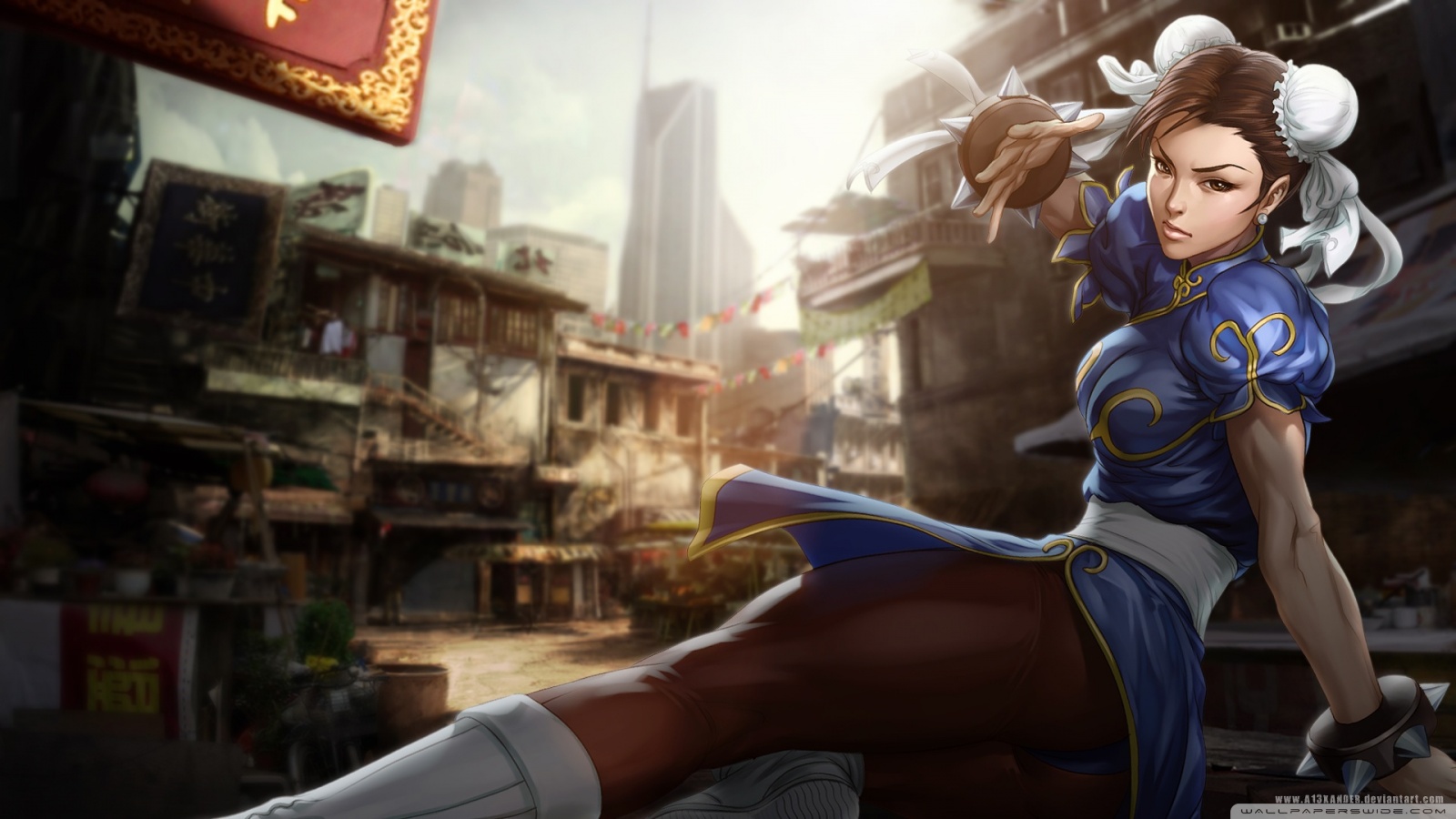How Pop Culture Breathed New Life into the Cheongsam
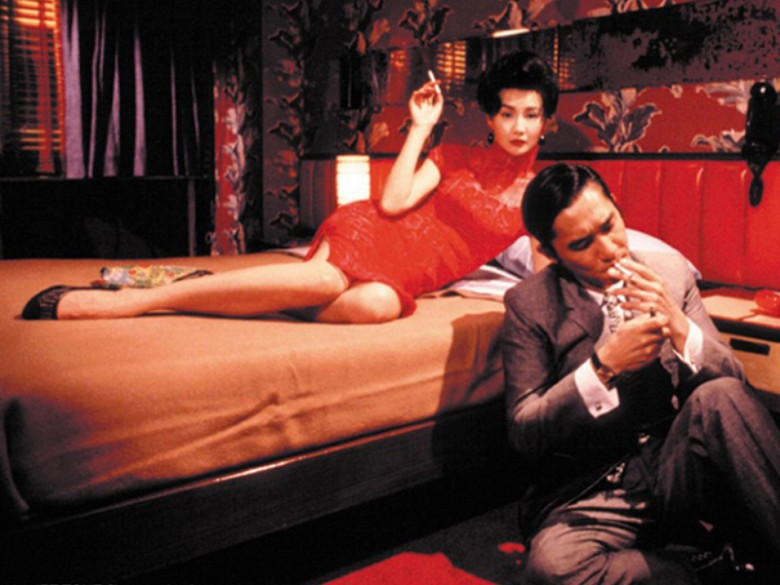 Thirsty for JUICE content? Quench your cravings on our Instagram, TikTok and WhatsApp
Thirsty for JUICE content? Quench your cravings on our Instagram, TikTok and WhatsApp
As our country draws closer to marking 60 years of independence this 31 August ’17, we thought it’d be as good a time as ever to brush up on our knowledge of all things that have contributed to the melting pot of Malaysian culture. Our focus today will be on the cheongsam, a piece of Chinese traditional costume that has assimilated into our local culture and is now part of the face of our national identity alongside other pieces of traditional clothing for women such as the baju kurung, the sari, the kebaya, and the tangkong.
In celebration of Malaysian culture and dress, we’ve outlined the defining moments in popular culture, both at home and abroad, that have played a part in shaping the image of the cheongsam in mainstream consciousness. The dress has made its mark on films, video games, and even modern fashion labels, proving to be a monumental icon not just in the world of tradition and culture, but also in the realm of the media that we consume.

Anna May Wong was considered to be the first Chinese-American movie star, bringing her presence into Hollywood where previously, yellowface had been the go-to method to depict East Asian characters on film. Her signature style combined cheongsams (or 長衫, meaning “long shirt/dress”) with ‘20s flapper girl aesthetics; thin eyebrows, dark rosebud lips, and a classic bobbed hairstyle were paired with the luxurious silk fabrics and high mandarin collars that typified cheongsams of the time. Combined with the grace and dignity she held in her roles, Wong gave the traditional dress its own special place in early twentieth-century cinema and fashion.
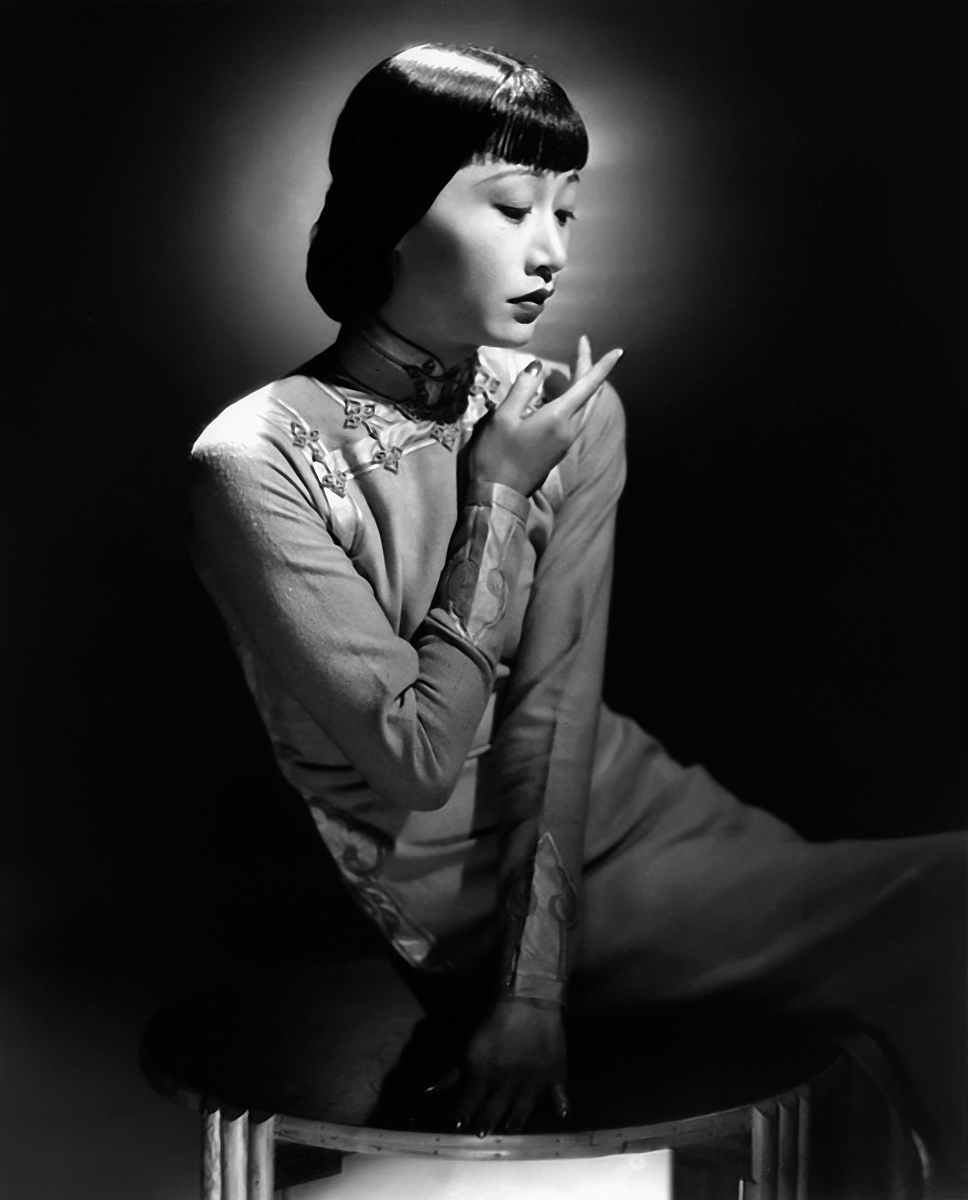


After the ‘30s, the cheongsam evolved to adopt a more body-hugging silhouette, made popular by courtesans and celebrities in Shanghai who favoured a more high-cut, tight-fitting version of the dress over its older form. This new style of the cheongsam made the dress synonymous with images of femininity and sex symbols in the media. In Western pop culture, Hong Kong-born American actress Nancy Kwan fused the association between the dress and female hypersexuality in the ‘60s film, The World of Suzie Wong. By this time, the cheongsam was beginning to be associated with roles of seduction and traditional Chinese femininity. Interestingly enough, the history behind the dress states that it was once a symbol for the women’s liberation movement in China, but the way the cheongsam was depicted in movies (especially those made in the West) saw it being used as an accessory to the ‘exotic’ image that filmmakers wanted Asian actresses to bring to the screen.
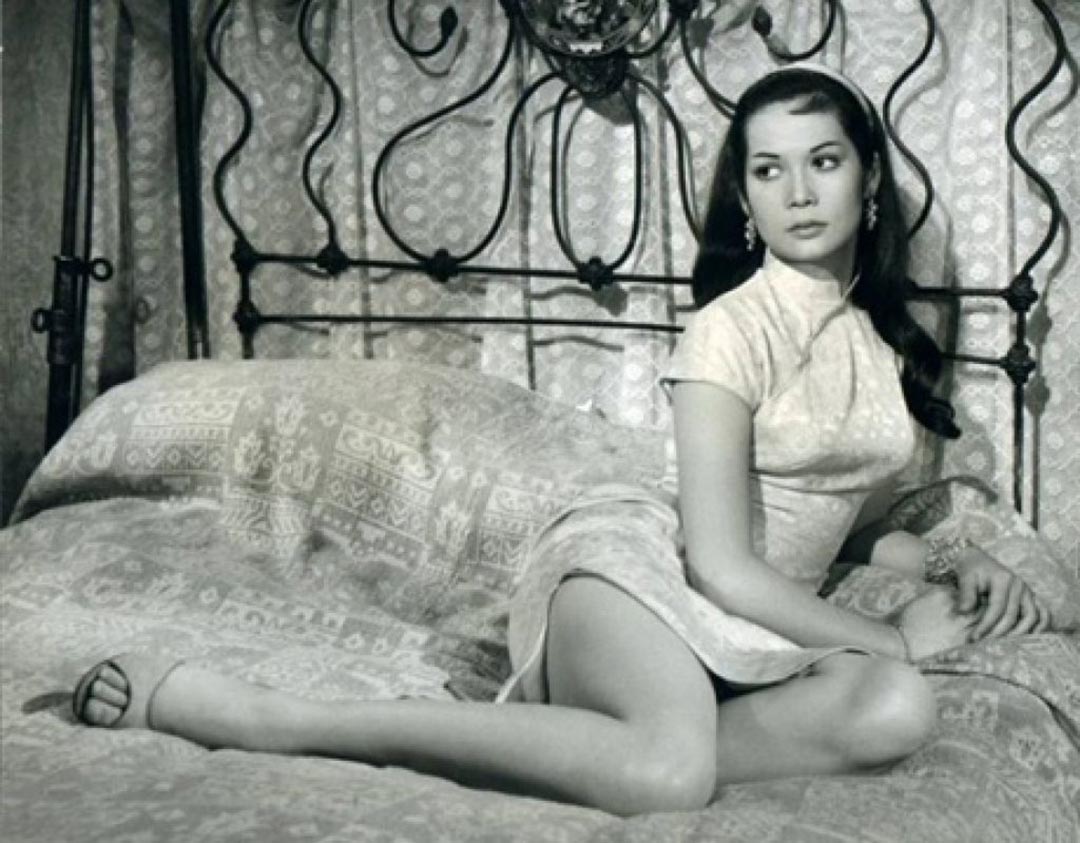
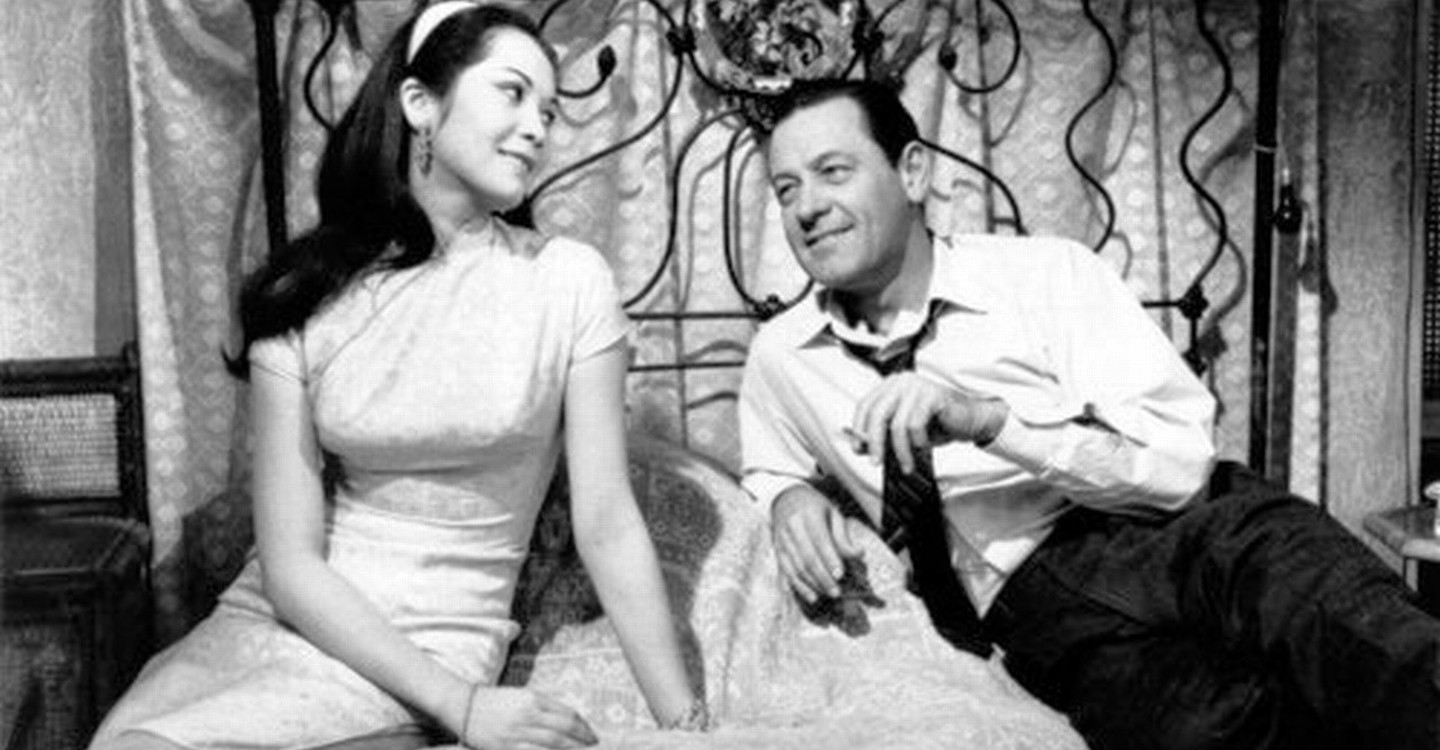

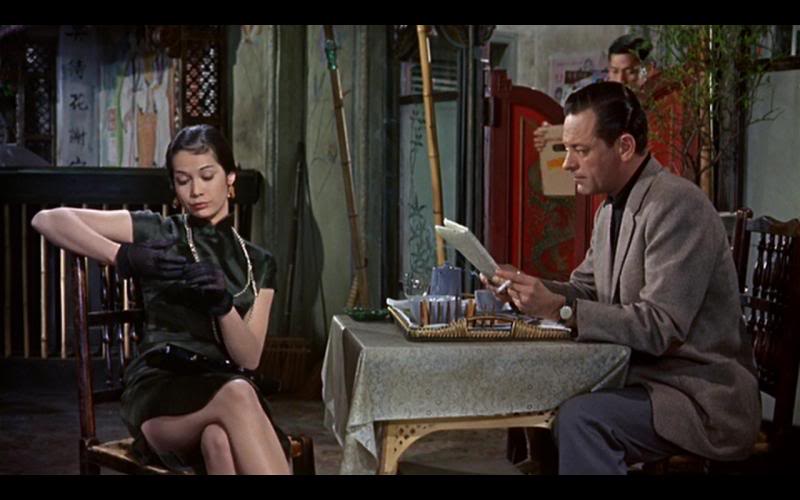
With the rise of world cinema permeating all four corners of the globe, it came as no surprise that the articulation of the cheongsam would finally be executed in a way that honoured both the beauty of the piece and its wearer. One of the most prominent tributes to the art behind the cheongsam can be seen in Wong Kar-wai’s In the Mood for Love (2001). The narrative is set in a Shanghainese community in Hong Kong and follows the budding relationship between two neighbours, Mr. Chow and Mrs. Chan, who are forced to come to terms with the adultery of their respective spouses. The film’s lush cinematography immerses its viewers in the world of ‘60s Hong Kong and the dresses worn by Maggie Cheung are visual masterpieces that play their own role in carrying forth the story of the film. William Chang’s costume design and Cheung’s classy depiction of ‘60s glamour brought back the cheongsam as a centrepiece of fashion; her intricate dresses and immaculate updos paint a picture of allure and grace that gave the piece of traditional clothing a refreshed image at the turn of the century.
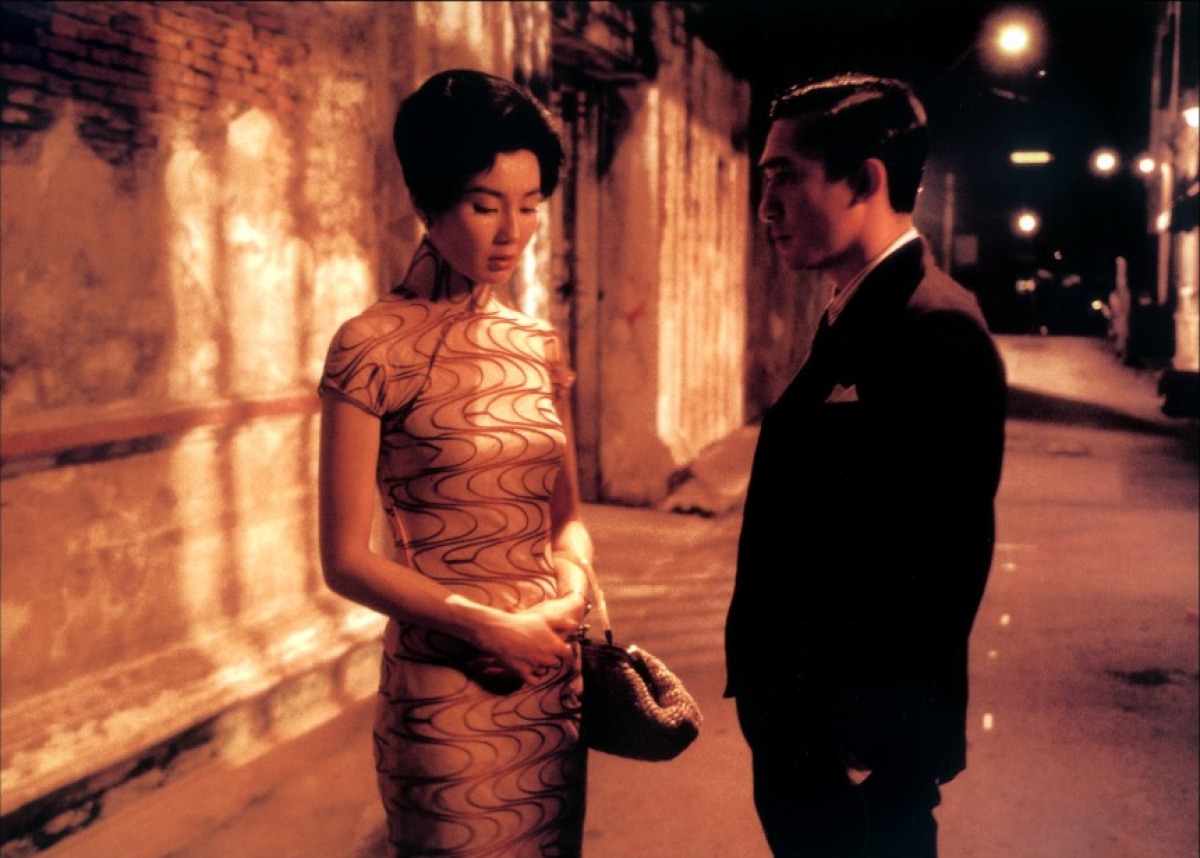
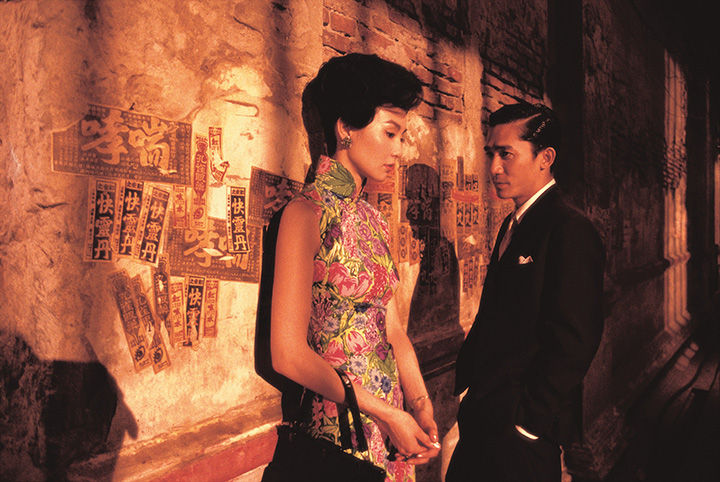
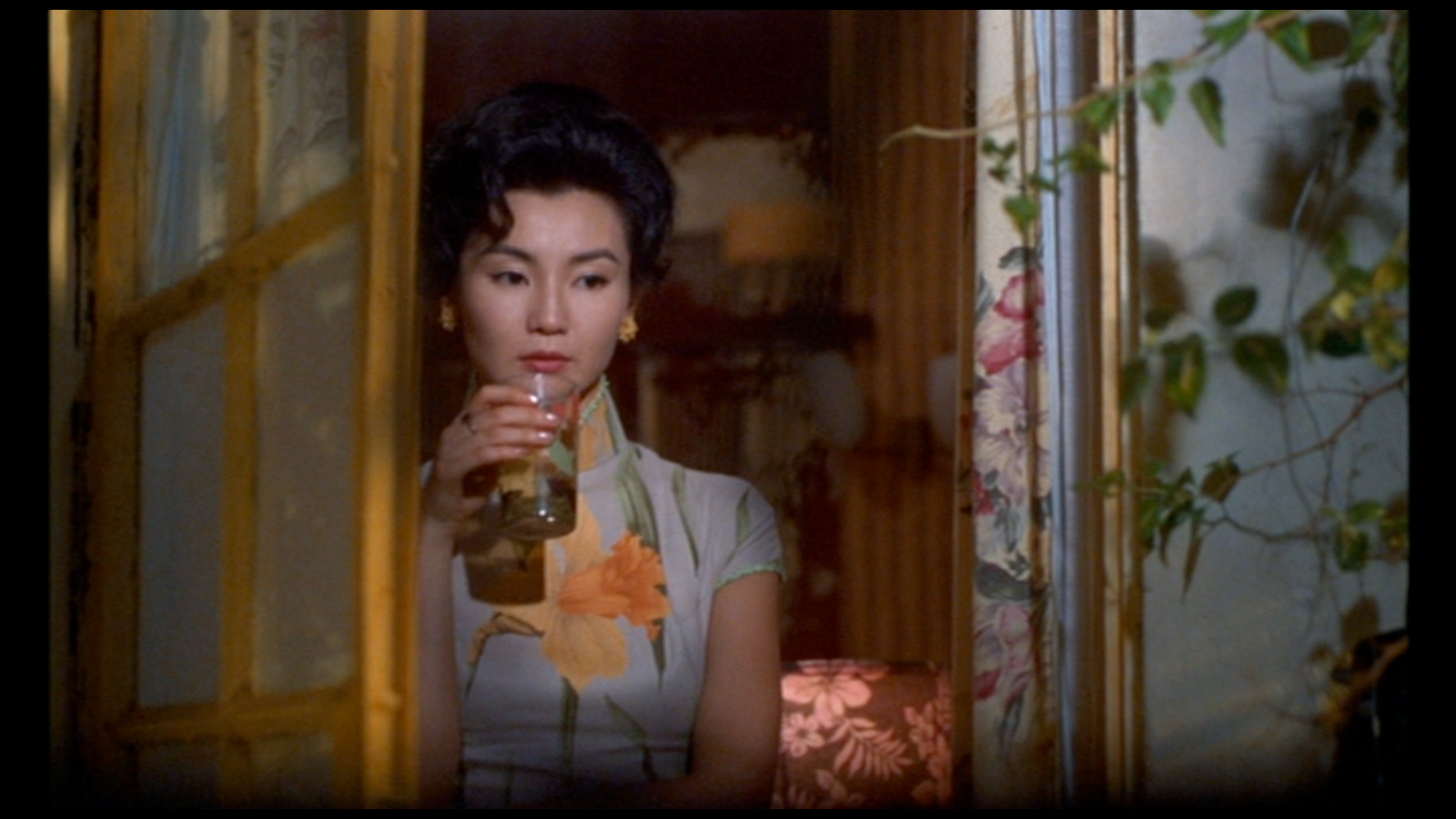

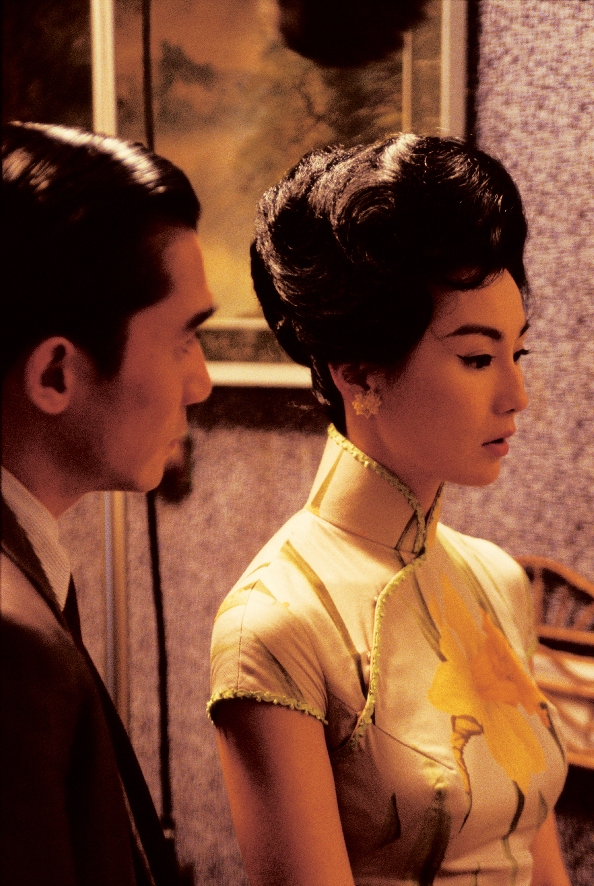
In the realm of video games, no one has rocked the cheongsam better than Chun-Li, martial arts powerhouse and the first female fighter from the Street Fighter franchise. Known for her signature blue cheongsam worn with white, knee-high boots and oversized spiked bracelets, her costume is a non-traditional spin on the dress, displaying a move away from the constricting and passively feminine quality of conventional cheongsams whose form-fitting shapes often limited the movement of its wearer. Chun-Li is an individual with a strong sense of justice, seeking revenge for the death of her father at the hands of crime syndicate leader M. Bison, and her story allowed the cheongsam to accrue new meaning in the context of female autonomy.


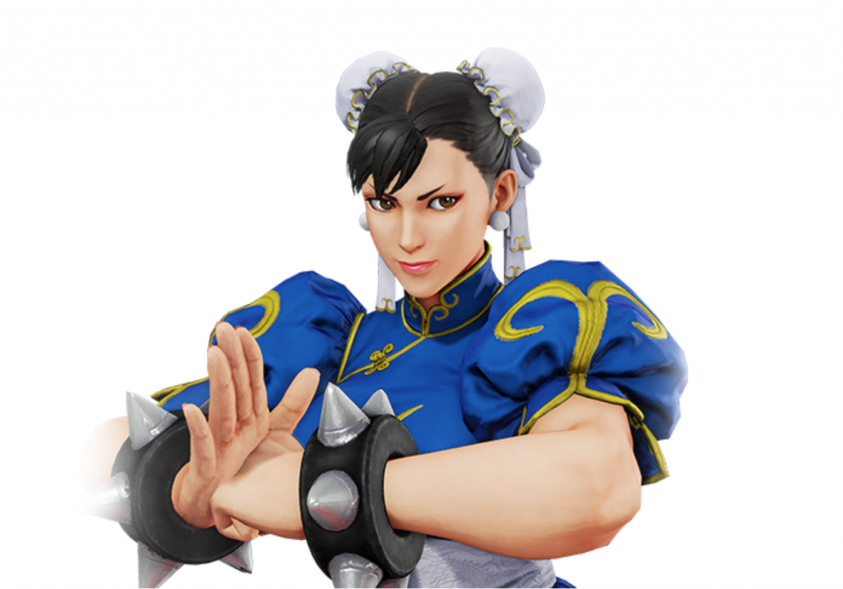
Meanwhile at home, Malaysian tourism advertisements often display models wearing traditional costumes from the main ethnic groups of the country. The cheongsam is no exception to this, and its inclusion in the tourism board’s images show its role in constituting part of our national identity as Malaysians. Many of our countrymen would remember dressing up in traditional wear during Hari Kebangsaan celebrations at school, and we would attend class dressed in baju kurungs, cheongsams, saris, and other forms of Malaysian dress no matter what our skin tone was.
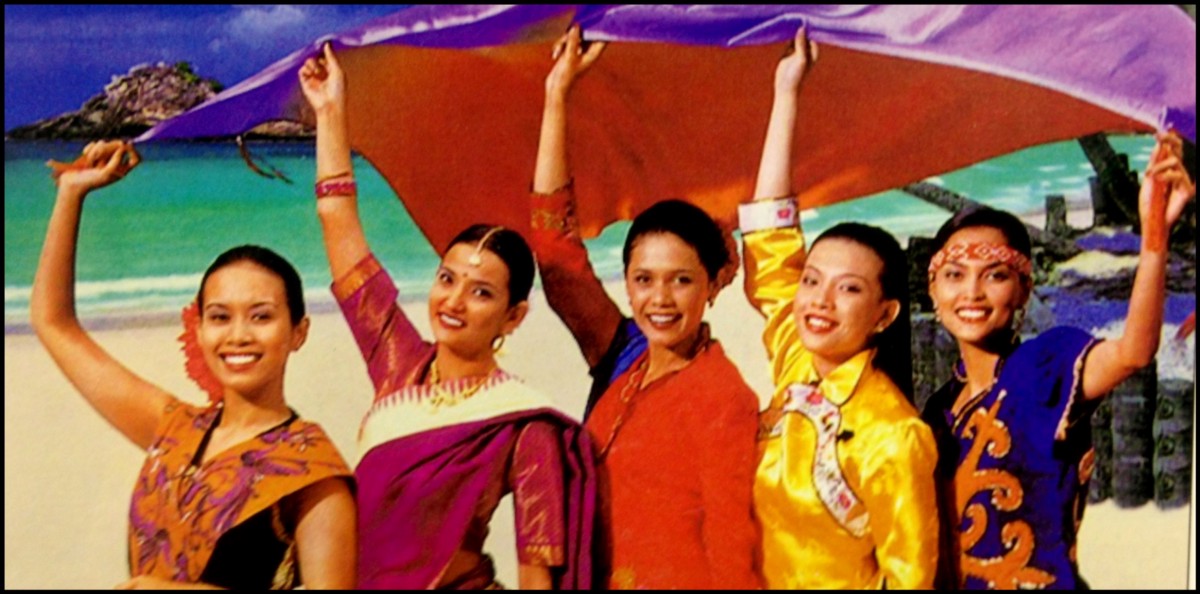
Even in modern times, the cheongsam continues to have relevance in our celebration of national holidays, especially Chinese New Year. The dress remains a popular choice for attire when paying the necessary visits to our elders during the New Year, and while innovation and adaptation now means that it comes in a whole spectrum of colours and silhouettes, red is still the crowd favourite when it comes to selecting a CNY cheongsam. Fashion labels such as Tong Tong from Singapore have combined Southeast Asian prints such as batik with eye-catching shades of red on cheongsams, creating a unique hybrid of traditional fashion that pays heed to the diverse ethnic and national identities from around the region.
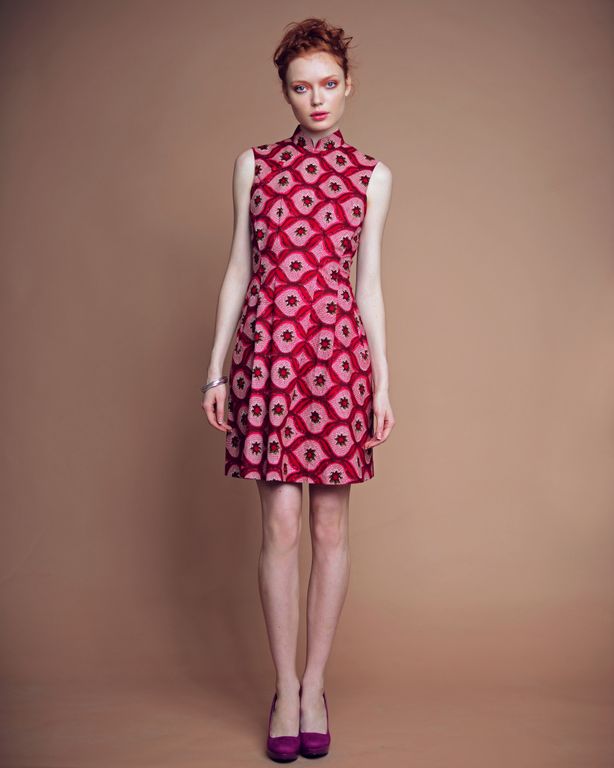
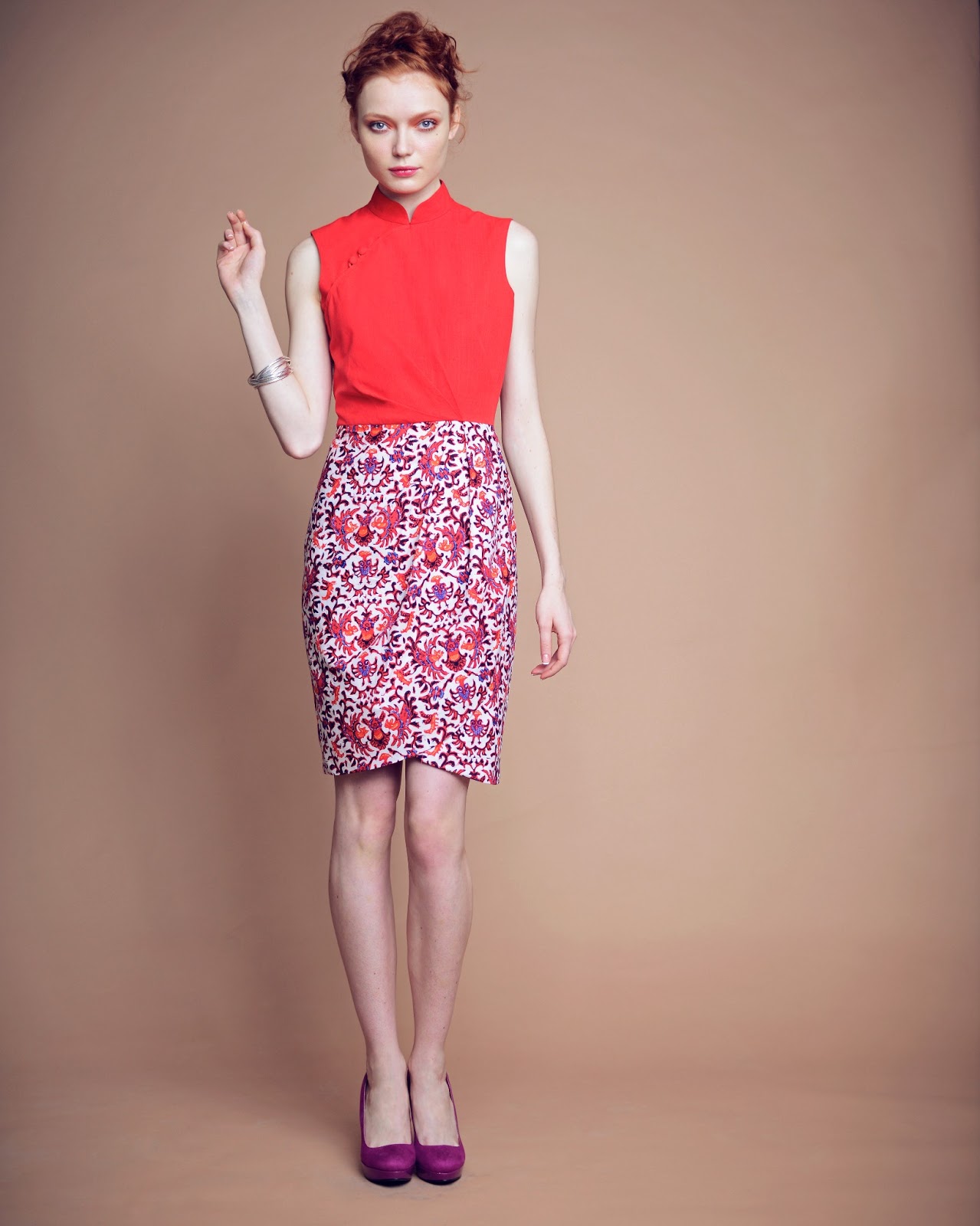
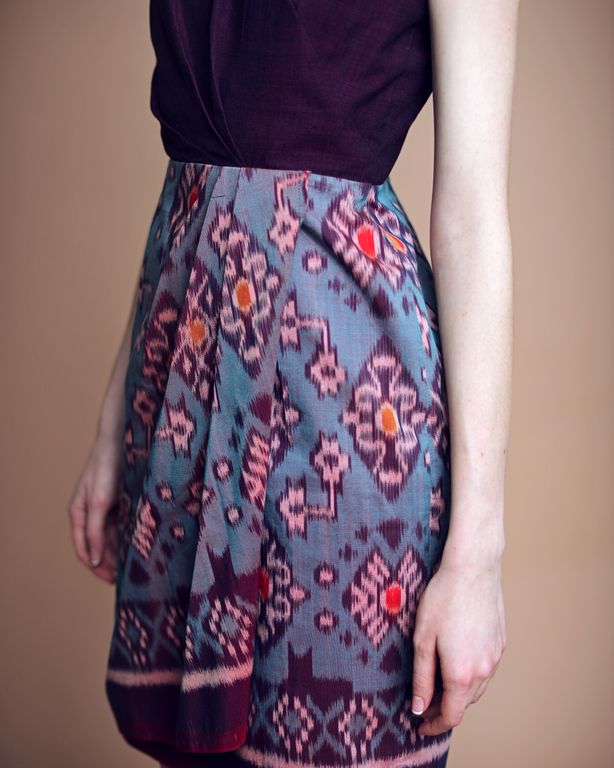
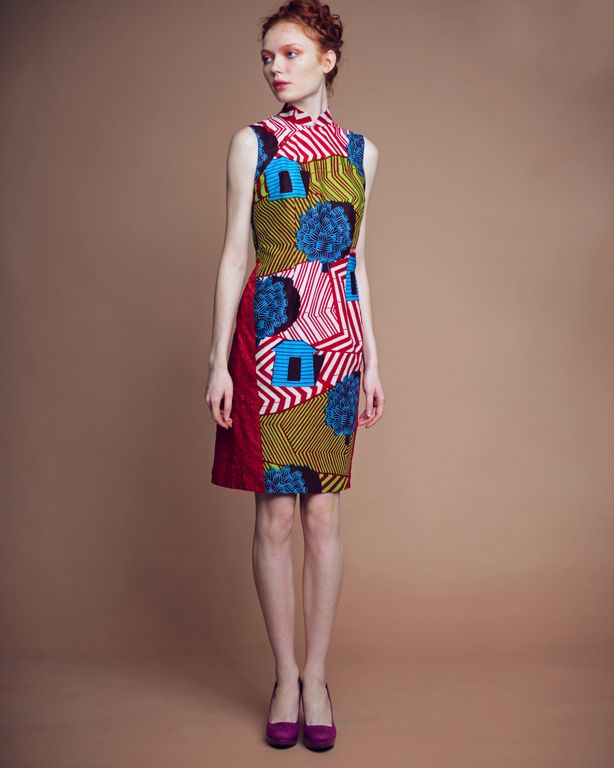
As the cheongsam continues to be rendered in different styles and contexts in pop culture over the years, the dress has come to be a symbol representing both Chinese and Malaysian cultural identity in harmony. This Merdeka, wear your traditional clothing with pride, knowing that your outfit pays heed to a cultural significance that ties in closely with your roots.
For something a little less on the traditional side, check out our features on streetwear brands Supreme and BAPE.





